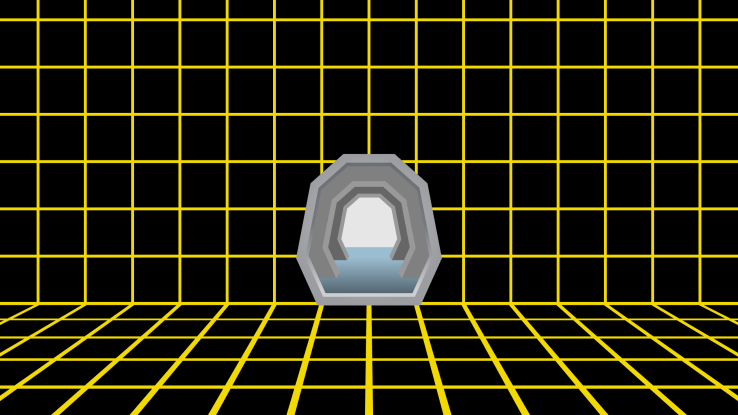http://thecreatorsproject.vice.com/blog/normals-apparel-augmented-reality-app
This App Brings Personalized Augmented Reality Fashion to Your Phone
 All images courtesy of Normals
All images courtesy of Normals
Here's working proof that one day you'll be able to wear your digital avatar to the club. Design studio Normals has created an experimental iOS app that recognizes a custom shirt and adds augmented reality accessories. When viewed through your device, a series of geometric shapes move in real time, floating and shifting around the boxy black shirt. Called Apparel, the app is tied to data from your Twitter account and the virtual designs vary depending on your feed.
The project is tied up in a world they call Trudent, a fictional place where aimless residents bicker over trivial affairs, mainly fashion. There's a video series about it, a short story, and it's even got a soundtrack you can download from Bandcamp. The plot of Trudent is a pretty scathing indictment of the fashion world, with Zoolander-type characters having runway battles, and mindless fans caught up in a social media frenzy over it all. But the app itself aims to display a user's true identity by drawing from your personality on Twitter.
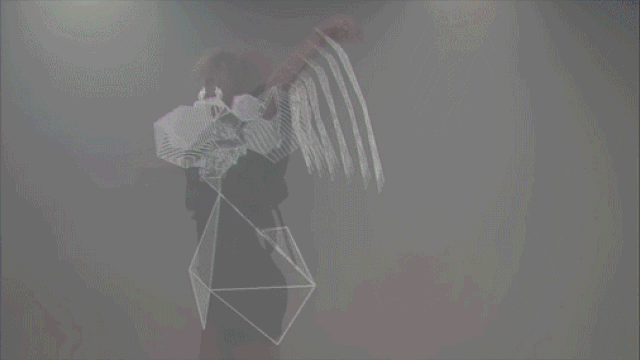
"If you use many exclamation marks, or if you're generally being authoritative, your piece's shoulders will inflate as the 'Authoritopathy' mod will accumulate that data," they tell us. "If you tweet cute things, the 'Kawaiiopathy' mod will go up and your piece will start displaying all sorts of symbols and animal heads. If you talk too much about yourself, the overall mesh of your model will take an imprint of your profile pic, and blow up in all directions using this pic as a displacement map." You can make the mods evolve in real time and watch them change as you Tweet.
There's also three immediate moods you can project, which are activated through emojis on the app, including sad, scared, and angry. While holding the sad emoji, tears spill off the shirt like rain, and the anger emoji reacts to your voice, so you can scream at your phone while holding it.
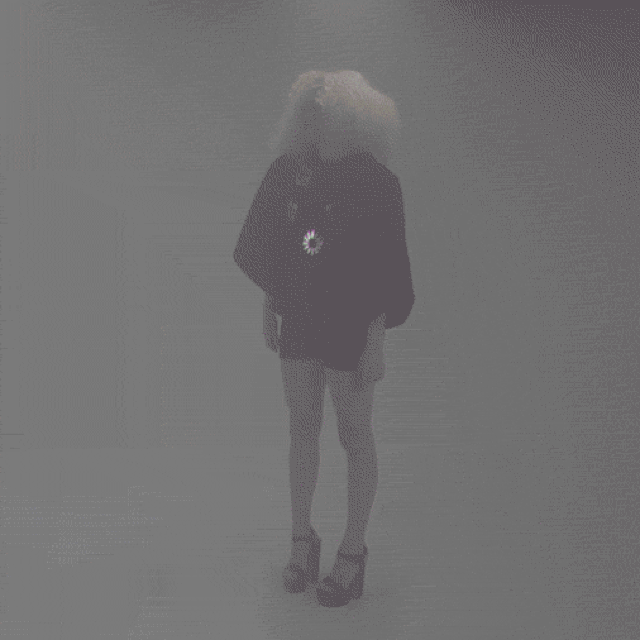
The current model has 10 mods based off data from your feed, but they're working to expand that number and also integrate it with other social media platforms beyond Twitter. It took about a year and a half of on-and-off development, and the source code, built on OpenFrameworks, is published here. Julien Gachadoat was the lead developer. They hope to release an Android version as well, although that would take a rewriting of code from scratch. This is a follow up to their original augmented reality app for Google Glass from a couple years back.
As much as this project brings reality to the level of science fiction, Normals giddily works to blur the line between fact and fiction in other ways. When asked where they're from, they respond, "Somewhere in the future, although we have a cell in Paris for present-related matters." Who wrote the soundtrack? Well, the first two songs were "auto-soundtracks generated" for the characters from the short story, and the second two are culled from "ambient sound in the Trudent (811;327;142) locale."
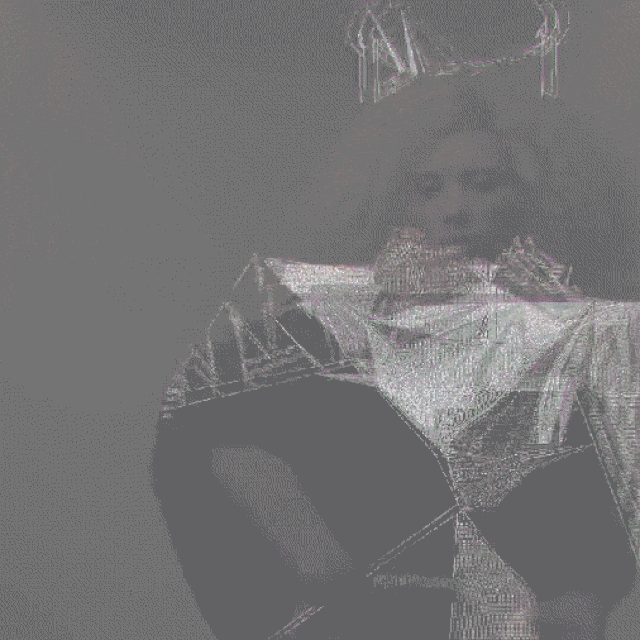
If you're in present day New York, you can play with the app in person at Coded_Coutre, a technology and fashion exhibit at the Pratt Manhattan Gallery until April 30th. Otherwise, you can test out your Twitter persona on the project's website with their virtual garment.
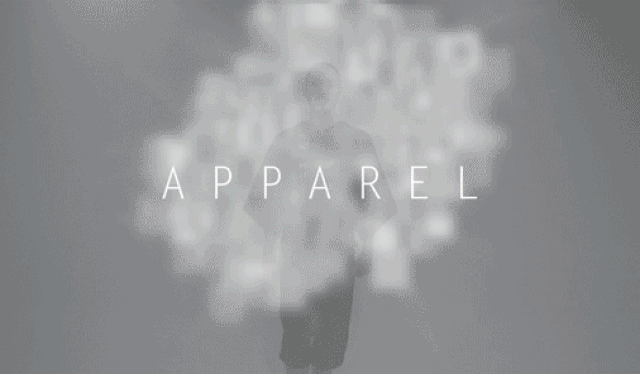
To learn more about Normals, click here.
Related:

